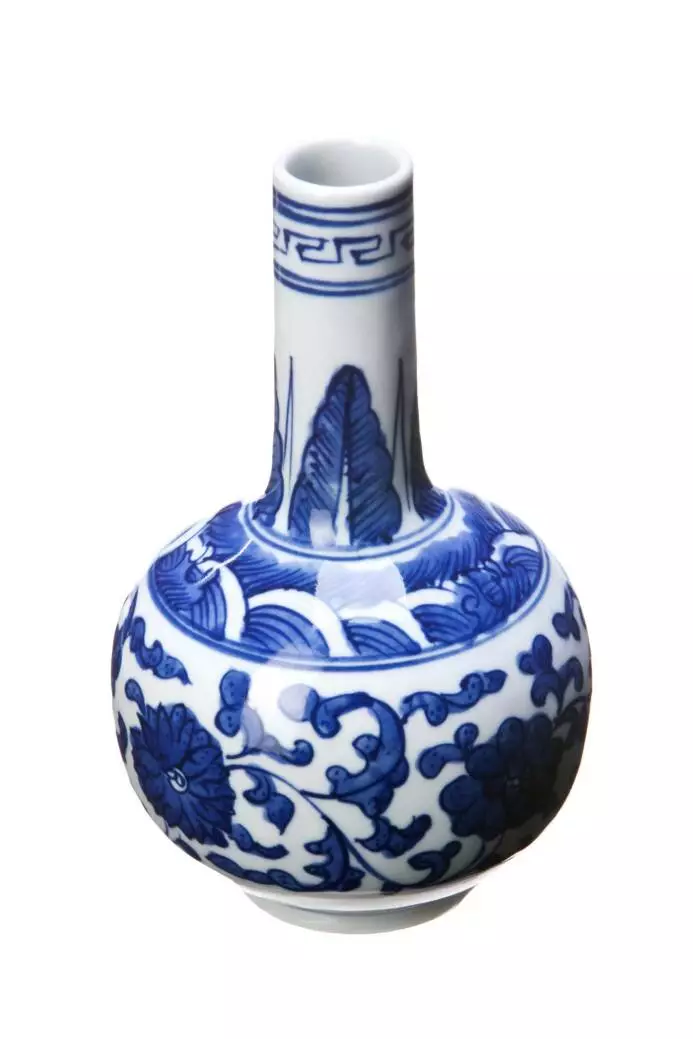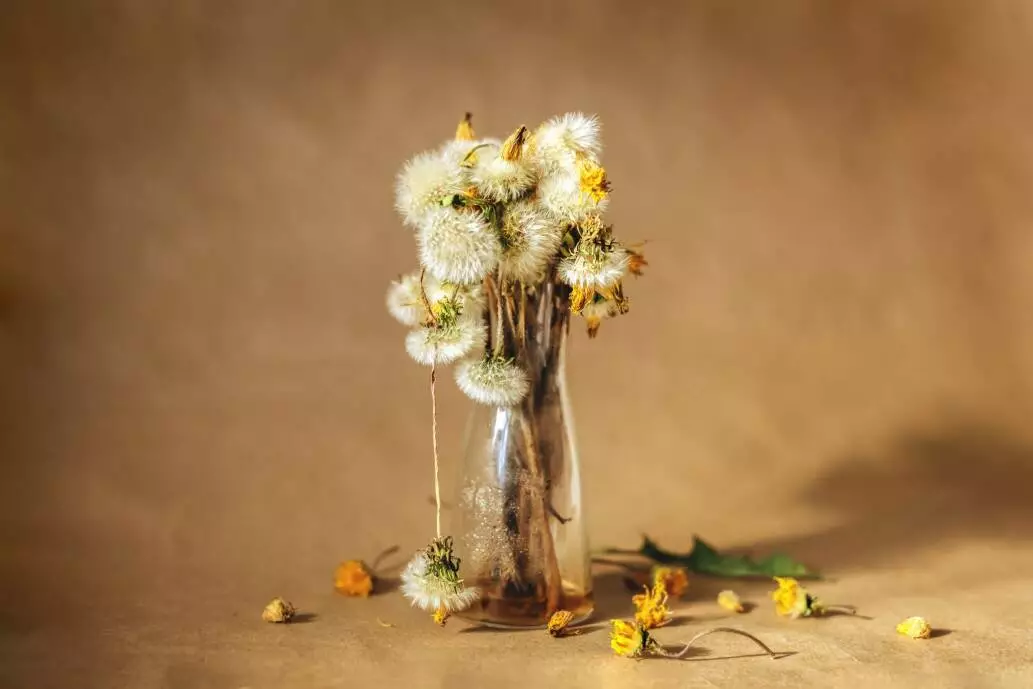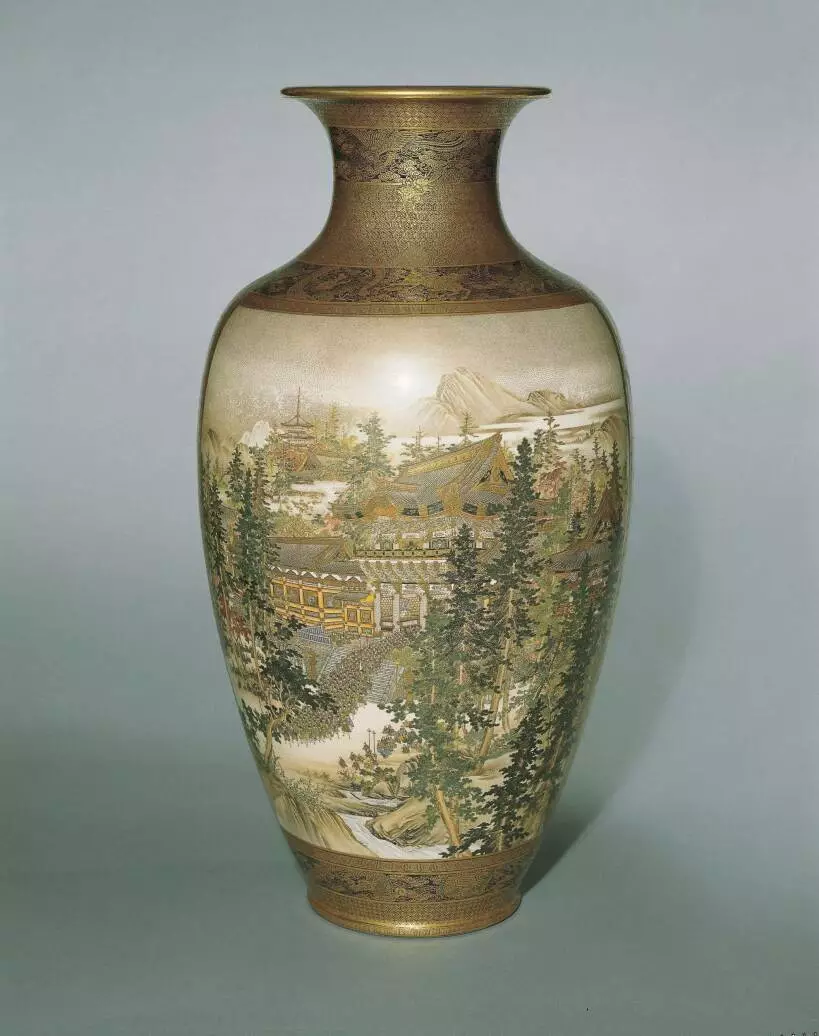Making a clock escapement
Making a clock escapement is a complex process that requires a lot of skill and precision. Here are some general steps that can be taken
When it comes to decorating your home, you can’t go wrong with vases. They’re affordable and come in an endless variety of shapes, sizes, colours, and materials. You can even find antique vases if you look hard enough. That said, not all vases are created equal. Some will serve the purpose for which you bought them, while others are just a waste of space. Identifying antiques is a challenge because there are so many different types of vases out there. Even though most vases aren’t worth much money or sentimental value, they may be valuable to someone else as an antique. Additionally, some people believe that certain items cannot be considered antiques until they pass through at least two generations of owners and have been used continuously for at least 50 years. However, the truth is that each piece has unique characteristics that set it apart from any other item that has the same design or origin.
How to Identify an Antique Vase
Vases are a great way to beautify your home, office, or bedside table. However, you should be cautious when you buy them because not all vases are made equal. To know if a particular one is valuable or not, you need to know a few tips about identifying antiques. First, let’s talk about the different types of vases out there. While there are many different types of vases, antique vases can be broken down into different categories:
Chinese Porcelain Vase-

This beautiful piece is a gorgeous blue and white patterned vase that is a famous part of Chinese pottery and culture. These were first introduced to the southern town of China, known nationally as the ‘porcelain town’. This is the town where the production of these incredibly unique vases became popular and in demand. They are crafted using a vibrant blue pigment from cobalt oxide and then applied to glazed white clay.
Antique Glass Vase-

Brilliant cut glass vases are very popular for those who prefer a modern twist to furniture. However, antique glass vases serve an alternative look with elegant shaping and bold colours. Unlike Chinese porcelain vases which have a blue and white theme, glass vases often come in any colour of your choice such as blue, green, pink, etc. Depending on the country where they are made, the shape and style can change too. For example; Bohemian antique glasses often have floral designs and mythical figures engraved in the glass whereas British pieces were likely covered in oak leaves and beautiful roses during the 18th century.
Antique Japanese Vase-

Truly a ceramic masterpiece from the 17th century, Japanese antique vases have always been seen as eccentric, even in this period. They are often designed to have all different types of patterns that specifically relate to Japanese culture. The colour theme of these types of vases also varies, however, red, white, gold, and black seem to be the most popular. If you are someone who adores Japanese culture and rare design, this may be a suitable collection for your home attire.
How To Tell If Chinese Vase Is Antique
Firstly, to begin identifying antique pieces/vases, locate any antique marks that are found on the bottom of the vase. Information such as; the company name or the creator’s name. You can find out what the markings mean from a trusty antique catalogue, these markings may be in the form of painting, ink, or even engravings on the bottom of the vase.
Secondly, you can investigate the composition of the glass piece. Some vases can often be coated in heavy metallic paint, such as; carnival glass vases. Antique carnival glass vases were made to have a stronger and thicker material. However, vases that were crafted during the Great Depression were known to have ‘depression glass’. This is clear glass which made the vases, during that time, a lot thinner and lighter.
Thirdly, there may be an overmark stamp located on the vase’s bottom that covered the original crafter’s mark. Overmarks generally display that the vase was a genuine antique, made in the late 1800s-1930, this could also mean the vase was imported from anywhere in Europe.
Finally, here is a step you can take if you are struggling to identify the authenticity of your vase. If you visit an Antique dealer’s shop, they will use their professional skills and knowledge to make a successful conclusion on whether your vase is the real deal, or not. They do this by inspecting the intricate designs, the quality, and the type of material used and they look to see if they can find any distinctive markings that link to the vase being antique.
Conclusion
Nobody wants to buy something that doesn’t serve a purpose, but at the same time, it’s really easy to get carried away when searching for unique gifts for loved ones and friends. When it comes to antiques, it’s important to know what to look for so that you don’t end up with something that doesn’t have any value. By keeping these tips in mind, you can avoid buying an antique vase that isn’t worth the money that you paid for it.
Making a clock escapement is a complex process that requires a lot of skill and precision. Here are some general steps that can be taken
Antique clock restoration is a meticulous process that requires a great deal of patience and skill. The process involves disassembling the clock, cleaning each component,

Hi my name is James I have a long history of selling exceptional antique clocks and watches all over the world. I also offer a full clock & watch repair & restoration service.
Vintage Clocks © 2025. All rights reserved.